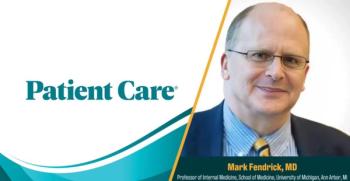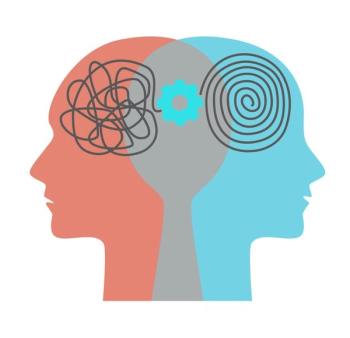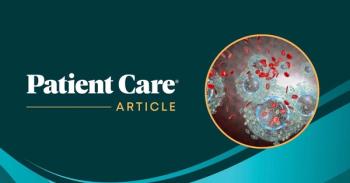
COVID-19 State Vaccination Priorities Change, As Needed
As states implement the CDC ACIP's COVID-19 vaccination priorities, they are revising them as needed based on federal, state, and local conditions. Here is a recent snapshot.
As COVID-19 vaccine distribution continues across the country, states are refining priority groups based on rolling federal guidance, vaccine supply or distribution issues, and local conditions.
The Kaiser Family Foundation reports, in its
The latest ACIP recommendations for prioritization for vaccination of groups at high-risk for SARS-CoV-2 infection and/or severe complications are:
- Phase 1a: health care workers and long-term care facility residents
- Phase 1b: people ages 75+ years and non–health care frontline essential workers
- Phase 1c: people ages 65–74 years, persons ages 16–64 years with high-risk medical conditions, and essential workers not included in Phase 1b
In a recent update, the KFF survey found the situations sketched in the following slides.
For more COVID-19 coverage for primary care, visit our COVID-19 Resource Page .
Newsletter
Enhance your clinical practice with the Patient Care newsletter, offering the latest evidence-based guidelines, diagnostic insights, and treatment strategies for primary care physicians.


















































































































































































































































































